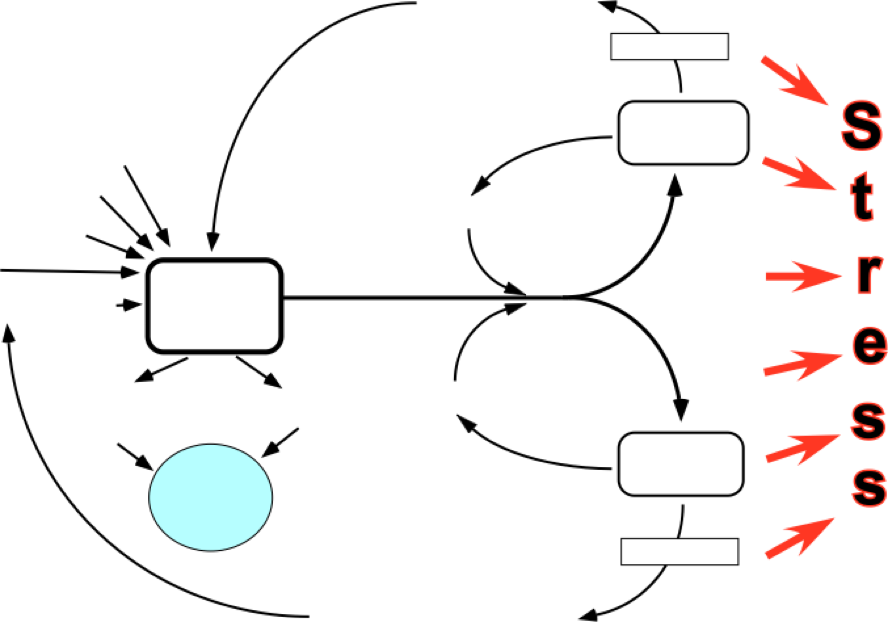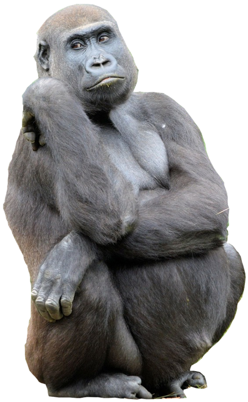What is stress?
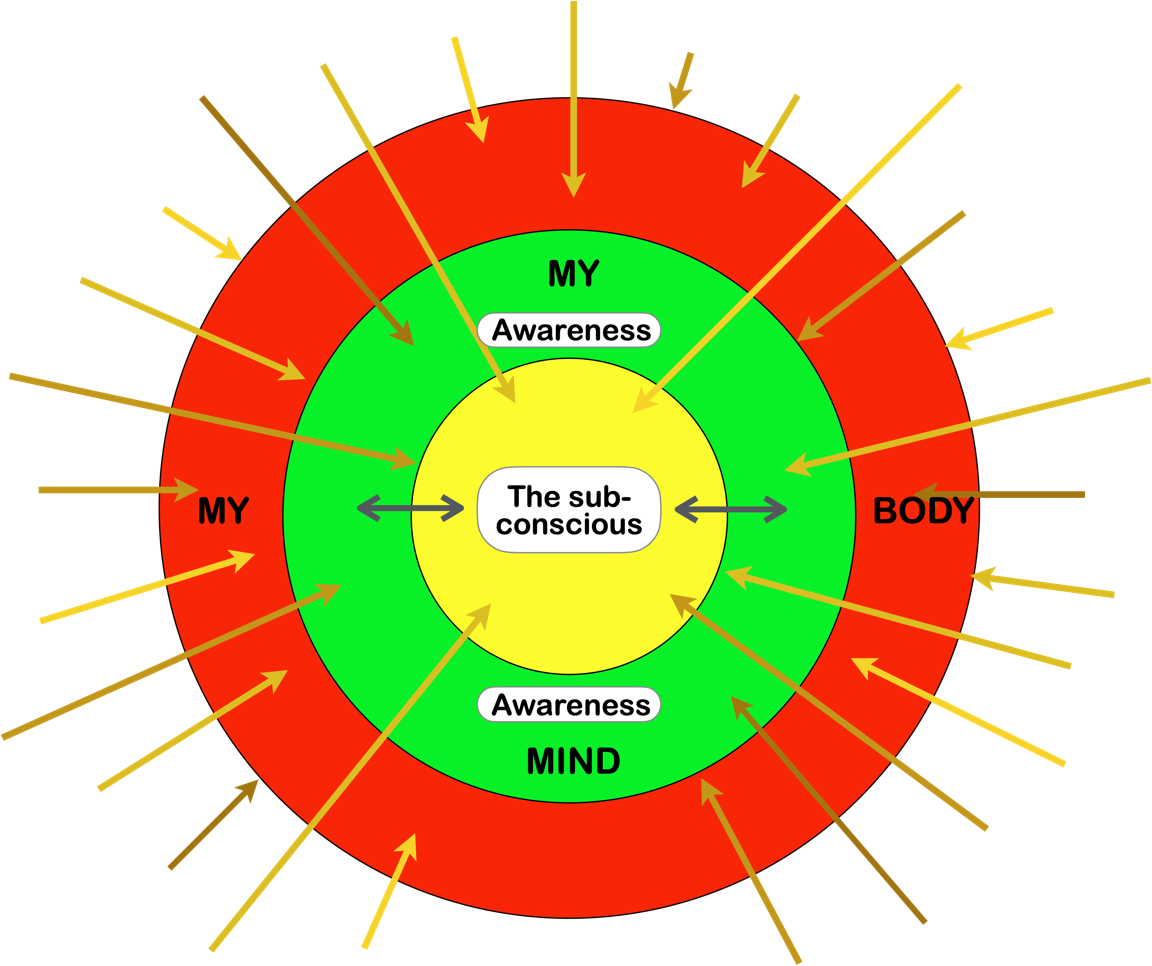
Stress is strain in a living organism. It is a basic part of actions in and between between the sub-systems of this organism. Increased demands on the functions of these systems are called ”stressors”.
All living beings are constantly exposed to stimuli of various intensity from their surroundings. This can result in increased activity (stress) of various systems of their organism. Stressors can engage our physiologic systems (body and brain), our mental systems and our social interacting systems.
Modern science claims that both health and disease are grossly depending on to which extent a human individual is able to cope with stressors from the outside, and from within, in order to retain, or restore, balanced function in her physiologic and mental systems.
Normal function of the human organism can be compared with normal function of a sailing boat. The sails, the rigging and the mast are those systems that make the boat function as intendet = moving through the waters. They are all needed and must cooperate. Still there must be something that activates them. For the boat the wind is a stressor generating tension in the sails, which is transferred to rigging and mast and gives the boat its normal function = movement through the waters.
No stress in the systems of the boat means that
there is no stressor = no wind. Nothing is driving the boat forwards. As a result the boat lies still in the water and does not function normally.
In the human individual: lack of stimulation of mind and body in elderly people living alone may cause increasing
symtoms of dementia.
Too much stress on the systems of the boat can be caused by hurricane winds. The sails will tear, the rig-ging does not hold and because of that the mast will break. As a result the boat lies still in the water and does not function normally.
In the human individual: Too high or prolonged stress may result in fatigue, mental symtoms and physical illness.

The living cell 1.500 million years
Even though human tissue cells are highly specialized, their metabolic functions are quite similar to those of of unicellular organisms.
The reptilian brain 500 million years
The brain stem represents in man the reptilian brain. It regulates the most basal life functions such as heart activity, circulation of the blood, breathing, sleep and more.
The mammalian brain 250 million years
This is in man the middle brain, also called diencephalon. It regulates
all those functions that an animal needs to keep its bodily functions stable. Inward bound nerve signals are received and processed which, among other functions, results in an assessment of possible danger of survival. If danger is perceived hypothalamus will react and prepare the body for fight or flight through the autonomous nervous system, the hormone system and the immune system.
The cerebral cortex 50 million years
In the cortical brain more specialized functions are processed. Vision, speech and will-induced body movement are, among others, localised here.
Locomotor system of man 4 million years
We have two arms with hands witch have a very highly developed grip-ping function. We walk on two legs. Our body and our extremities are made for very diversified movements.
Agriculture replaces nomadic culture 10.000 years
This is the start of ever more advanced human societies.
Start of objektive science 400 years
René Descartes created a philosophic system which constitutes the
base of modern objective natural science.
Industrialism 300 years
Man is also a mammal
with ancient biologic
survival functions!
Hunger and thirst
Body cells need nutrition and water.
The desire to mate
Procreation of the species is important also for the individual.
Fear of enemies
who threaten survival. Millions of years ago fight, flight or playing dead were the only possibilities to survive attack from aggressive animals. Humans have the same basic genetics but react also to many other forms of threat.
Awareness of threat will rise the level of stress
The body systems are activated to make it pos-sible for us to run or fight for life.
Fight or flight removes the threat
If we succeed to run away from the bear, or are able to kill him, we also have disposed of the stressor.
Abreaction restores balance
When the bear isn’t a threat anymore, physio-logic and mental systems will return to normal
levels of activity. We are calm again.

Illustration: Dr Ingemar Söderlund
Fight or Flight Reaction
The american physiologist Walter Bradford Cannon (1871-1945) described 1915 a physiologic survival mechanism in mammals depending on a basic reaction to the experience of threat. This implies that also human beings experiencing certain threats instinctively feel fear and and want to flee, or feel anger and want to fight. Later on a third reaction was described as a form of resignation.
”Fight, flight or freeze”.
But – man is more
than just a mammal!
Man can create strong mental pictures
With thoughts, feelings and inner concepts we can, consciously or subconscously, create strong mental pictures. Prolonged feelings of anxiety, fear, grief, frustration and anger will create vicious circles which reinforce these negative feelings and intensifies the inner stress.
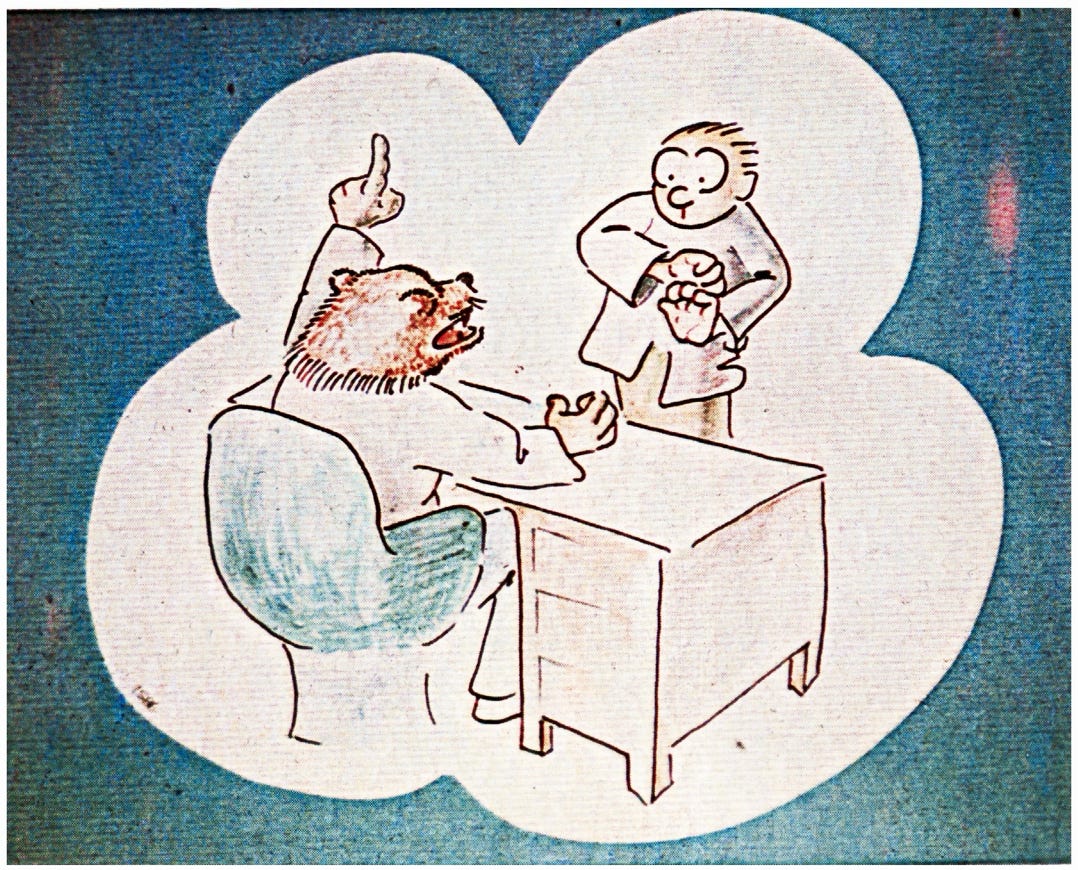
Illustration: Dr Ingemar Söderlund
The vicious circles of stress
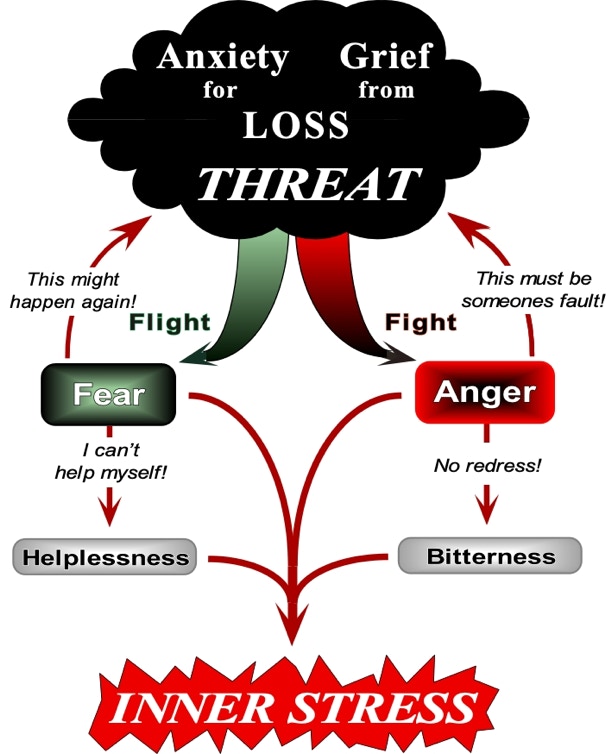
Prolonged impact of strong stressors will cause symtoms in body and mind
A fairly strong increase of activity (stress) in the body systems will be experienced as various symtoms. Usually we are aware of an acute strain on our body systems and we know the cause of this strain. Increased heart rate after jogging or muscular pain after hard workouts are examples. Normally these physical symtoms disappear swiftly and our systems return to normal activity.
If there is a prolonged increase of activity in our body systems because of long standing outer or inner stressors, we are often not aware of the nature of these stressors. We therefore may feel increasing worry and anxiety of being ill. These feelings are in themselves stressors which will further increase the strain, not only on the body but also on the mind. If the causes of these stressors are not recognized, vicious circles of stress come to life. In the end this may result in a breakdown of one or more of our physical or mental systems. This is then what we call a medical illness.
Enhancement of mental stress
Memories
Unfullfilled demands and duties
”It’s somebodys fault”
